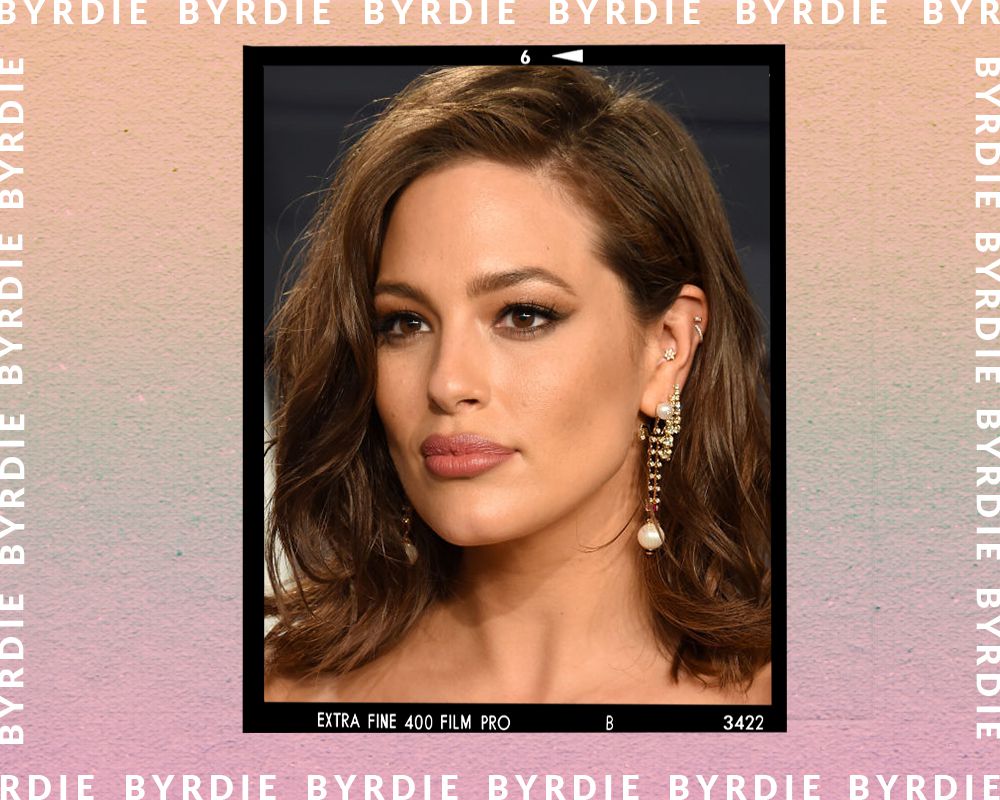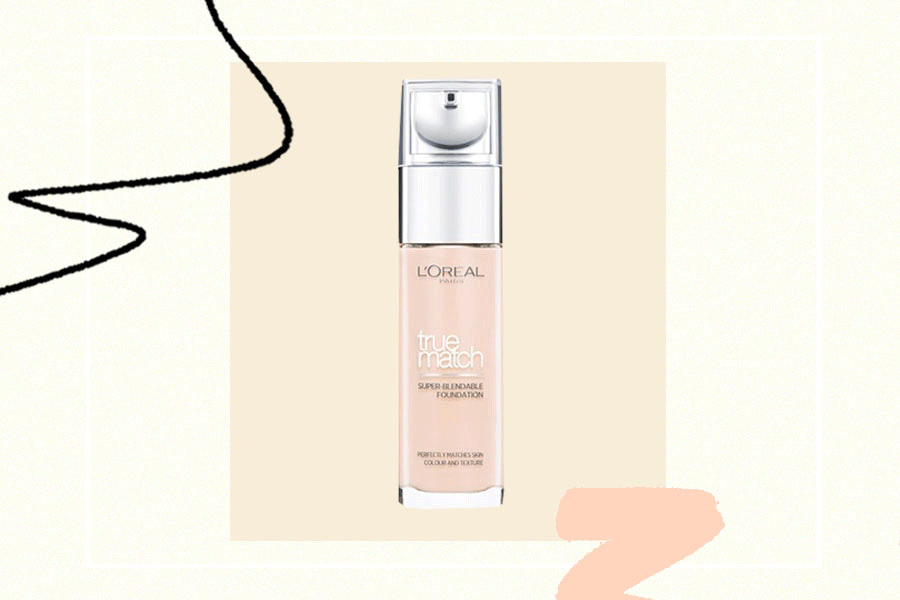All Your Helix Piercing Questions, Answered

The ear offers a lot of space to play around with piercings. From the earlobe up, there are several different kinds of piercings you can get. One of these is a helix piercing, which is a trendy choice—though it’s more commonly known as a cartilage piercing. This piercing tends to be done on the upper ear and customized with different placements and jewelry styles.
There’s no medical reason to get a helix; it’s purely for aesthetics. If you think one might fit your vibe, or if you’re considering getting a helix for any reason, here’s everything you need to know about the upper ear piercing.
Meet the Expert
- Hannah Ruhga, a piercer at Moth Art & Tattoo Collective.
- Rachael Earnest is a board-certified dermatologist at Legacy Dermatology and Restoration Center.
- Claudia Valentini is a Barcelona-based piercer.
- Joshua Zeichner is the Director of Cosmetic and Clinical Research in dermatology and an associate professor of dermatology at Mount Sinai Hospital.
Helix Piercings
Placement: The outer cartilage of the ear
Pricing: $30-$75
Pain level: “I think people in my chair usually give it a four-to-seven in terms of pain,” says Ruhga.
Healing time: Three-to-six months
Aftercare: Wash the piercing twice daily with a saline solution or antibacterial soap and avoid irritating it as much as possible.
What is a Helix Piercing?
A helix piercing is also called a cartilage piercing because of its location somewhere on the outer cartilage of your ear. There are several variations on the piercing, including the forward helix, double helix, triple helix, and anti-helix (or snug) piercings—what differentiates the types is where they’re located on the ear.
Pain and Healing Time
Hannah Ruhga, a piercer at Moth Art & Tattoo Collective, says it’s roughly a four-to-seven on the pain scale, depending on your tolerance. Any piercing is going to hurt, though, considering it’s just passing a needle through the skin. To help alleviate some of the pain, you should consider your own pain threshold and the experience and skill of your piercer.
“Usually, they always come back for more because it’s worth it!” says Ruhga.
Helix piercings generally take around three-to-six months to heal. However, if you don’t properly look after your new piercing as it heals, it could take longer—or you could have to get it re-pierced and start all over.
“Wound healing can vary from person to person,” says Rachael Earnest, a board-certified dermatologist at Legacy Dermatology and Restoration Center. “It can take up to a year to fully heal in some individuals.”
Cost of a Helix Piercing
The price of a helix piercing greatly varies depending on where the piercing studio is located, how experienced your piercer is, and the jewelry you get. The typical price for it, though, is between $30 and $75. Be sure to find a piercer based on ability and not price; don’t go for one just because it’s inexpensive.
Aftercare
Aftercare for a helix piercing is as simple as washing it twice a day with saline solution (or antibacterial soap, says Earnest). The hardest part of the process isn’t the washing, though; it’s making sure to do everything in your power to avoid irritating your piercing. Limit any friction by avoiding accessories that could snag on it, like beanies or headphones. Claudia Valentini, a Barcelona-based piercer, also suggests laying on the opposite side from the ear that you pierced if you’re a side-sleeper, as sleeping on a fresh piercing can cause a bad result.
It’s also important to avoid touching or upsetting your piercing as much as necessary, as irritation could cause inflammation or even, in some cases, infections. Earnest also says that if you have to touch your piercing, you should wash your hands first.
“If you want to take good care of your piercing during the healing process, you should think, ‘Never put on your piercing something you will not put in your eyes,’” says Valentini.
Side Effects of Piercing
“Infection and scarring are the two biggest risks if you don’t properly care for the piercing,” says Joshua Zeichner, Director of Cosmetic and Clinical Research in dermatology and an associate professor of dermatology at Mount Sinai Hospital.
Infection: An infection happens when aftercare isn’t followed properly, or the piercing has become over-irritated. Common signs of an infection include redness, swelling, green or yellow pus, and tenderness. If you see symptoms, seek medical help immediately.
Scarring: A scar forms if the piercing becomes too irritated during the aftercare process and can leave some unsightly marks around the piercing site.
Keloids: Keloids are raised scars that form when the skin has healed around a wound, causing extra scar tissue to grow as an over-defense to the physical trauma of a piercing. They can range in size but generally aren’t painful and contain nothing but scar tissue.
How to Change Out a Helix Piercing
A helix piercing is easily changed, but make sure that it’s fully healed before trying to switch out the jewelry—three-to-six months. Valentini suggests making the first change with the help of your piercer, as it’s important to be careful to avoid anything going wrong. Plus, your piercer can walk you through the steps of how to change out the jewelry so you can feel confident doing it yourself. To do so, simply remove the backing from the piercing if it’s a stud, or slightly separate the flexible metal ring to slide it out. Then, just place in the new one in the same manner.
“If you have any difficulty, visit your piercing professional for help,” says Dr. Zeichner. “Especially within the first few months, if the piercing is removed there is a risk that the hole will close up.”
Type of Jewelry Used for a Helix Piercing
Stud: A stud is a small piece of jewelry with a thin long backing that is inserted into the hold of a piercing. To seal a stud in place, you attach a small fixture on the other side.
Hoop/Ring: A hoop, also called a ring, is a popular choice for a helix piercing. It’s a piece of metal in a ring shape, but it’s flexible enough to easily bend. Remove a hoop by simply pulling apart the two ends.
Jewelry Material Used for a Helix Piercing
“Stainless steel or titanium are the best metals to use since they are relatively inert and should not cause a reaction in your body,” says Zeichner.
Stainless steel: Stainless steel is a very popular choice for helix jewelry because it comes in various colors and shapes without losing any of its high quality. However, stainless steel does have nickel in it, so stay away from it if you’re allergic.
Gold: While gold isn’t necessarily the best metal for helix jewelry, it’s not a bad choice. If you’re someone who wants to correspond your piercing to the rest of your jewelry or some other aesthetic reason, gold is a great option. Be sure to get jewelry that’s at least 14 karats, though, to avoid metal that’s too soft.
Titanium: Titanium is just as solid of a choice as stainless steel is, considering it comes in tons of different appearances. The only difference between the two is that titanium does not have nickel, so it’s safe for everyone.
Body Piercing Guide—Sites, Styles, What to Expect, Healing, and Care









